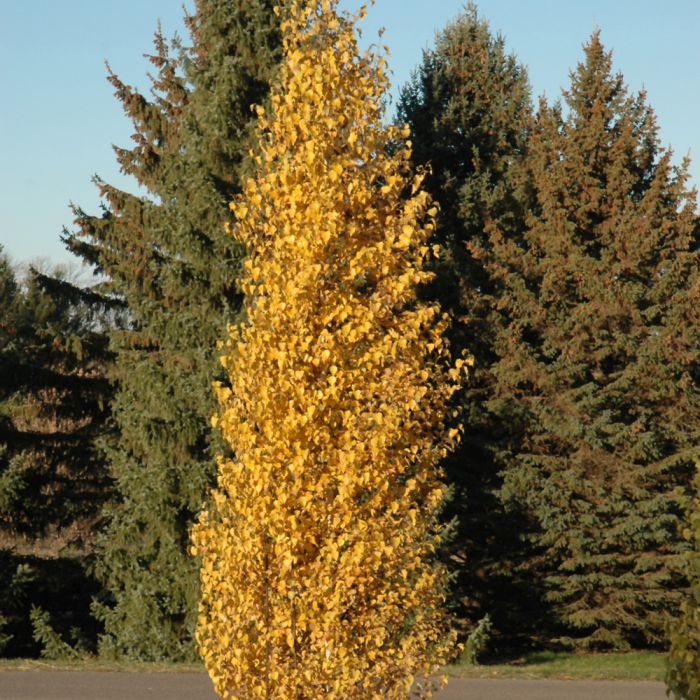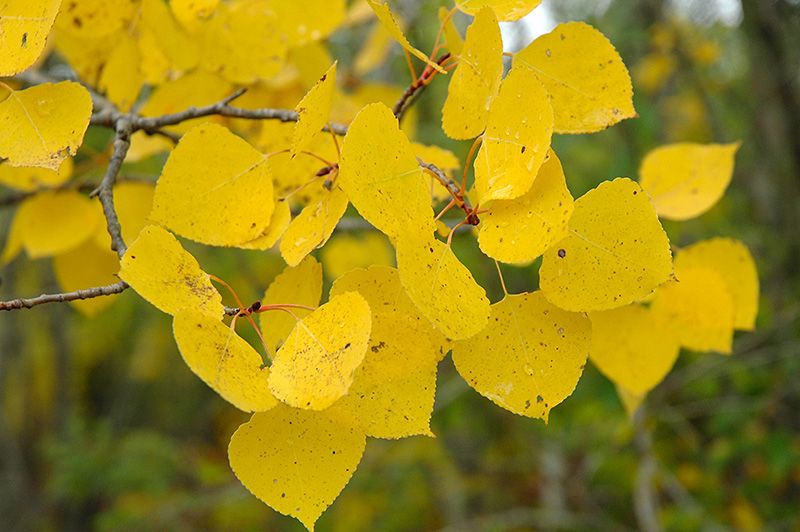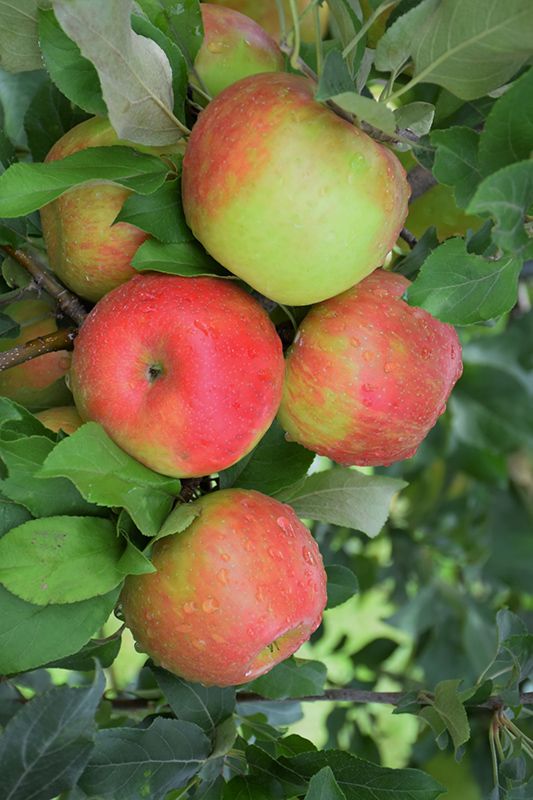Betula, White Birch 'Dakota Pinnacle®' (Large Sizes)



Out of stock
Coming soon, still growing- Sun Preference
- Full-Sun, Part-Sun
Description
Tree selected for its narrow, columnar habit. The bark matures to a smooth white. Tolerant of heat, drought, and alkaline soils.
Minnesota's Largest Selection of Trees
At Minnesota's Destination Garden Center, we offer a diverse range of trees to suit any landscaping need. Whether you're looking for shade trees to cool your home or ornamental trees to add beauty and interest, you'll find the perfect tree at Gertens. Our knowledgeable staff can help you select the right tree for your space and provide tips for care and maintenance. Visit Gertens today and explore the unmatched variety of trees to enhance your outdoor environment!
Details
Dakota Pinnacle® Birch is primarily valued in the landscape for its rigidly columnar form. It has dark green deciduous foliage. The pointy leaves turn yellow in fall. The smooth white bark is extremely showy and adds significant winter interest.
Dakota Pinnacle® Birch is a dense deciduous tree with a strong central leader and a narrowly upright and columnar growth habit. Its relatively fine texture sets it apart from other landscape plants with less refined foliage.
This is a high maintenance tree that will require regular care and upkeep, and should only be pruned in summer after the leaves have fully developed, as it may 'bleed' sap if pruned in late winter or early spring. Deer don't particularly care for this plant and will usually leave it alone in favor of tastier treats. It has no significant negative characteristics.
Dakota Pinnacle® Birch is recommended for the following landscape applications;
- Accent
- Vertical Accent
Dakota Pinnacle® Birch will grow to be about 40 feet tall at maturity, with a spread of 12 feet. It has a low canopy with a typical clearance of 3 feet from the ground, and should not be planted underneath power lines. It grows at a medium rate, and under ideal conditions can be expected to live for 40 years or more.
This tree does best in full sun to partial shade. It is very adaptable to both dry and moist locations, and should do just fine under average home landscape conditions. It is not particular as to soil type or pH. It is highly tolerant of urban pollution and will even thrive in inner city environments. Consider applying a thick mulch around the root zone in winter to protect it in exposed locations or colder microclimates. This is a selected variety of a species not originally from North America.
More Information
| Gerten Grown Plants | Gerten Grown Plants |
|---|---|
| Tree Type | Shade & Ornamental |
| Sun Preference | Full-Sun, Part-Sun |
| Mature Height (Range) | 25 - 50 feet |
| USDA Hardiness Zone | 3, 4, 5, 6, 7 |
| Common Family Name | Birch |






